Guide to preserving a collection of antique arms and armour
One of the most frequently asked questions we receive is: “How should I look after my antique arms and armour collection?” Antique high-carbon metal weapons and associated armour require basic maintenance to remain in the best condition. With this quick guide, you will be well equipped to preserve the beauty of your collection, maintain its value, and ensure years of enjoyment.
Firstly, it is important to note that this guide is not about restoration, but about preservation. In general, a “less is more” approach is best when maintaining your collection. All arms and armour sold by Nicholas Wells Antiques are checked in our workshops and are ready to be received in perfect condition. They do not require further restoration, but they do benefit from careful handling.
Here, we provide guidance on handling swords, maintaining blades, monitoring humidity, protecting from sunlight and heat damage, and general storage tips.
Handling the Sword
All of our antique swords and metal-based antiques are shipped with a pair of white cotton gloves for you to wear. It is very important that the steel parts are not touched with bare fingers. Natural oils in the skin are slightly acidic and, over time, will corrode and etch into the steel, leaving unsightly fingerprints and causing long-term damage. This corrosion often only becomes visible after months in storage, when the acid has had time to react. Fingerprints are extremely difficult to remove and require careful treatment.
As a rule: never pick up a sword by the blade, no matter how tempting. Always use cotton gloves.
There are ways to handle a weapon without touching the blade — use the hilt, and rest the blade carefully on the back of your left arm sleeve for support.
Maintaining the Antique Sword Blades
When maintaining an edged weapon, avoid handling the blade without gloves. Latex gloves are preferable during cleaning. Apply Renaissance Pre-Lim cleaner sparingly to burnish and clean the blade, then use Renaissance Micro-Crystalline Wax Polish with a lint-free microfibre cloth. This creates a protective layer and should be repeated occasionally — more often if the piece is handled frequently.
Avoid over-waxing. Apply only a small amount and wipe it evenly across the surface; no visible lumps should remain. The wax may also be applied to gold koftgari, silver work, and hilts of ivory or horn. Allow the wax to dry for a few minutes before buffing off the excess. This leaves a polished surface with attractive contrast and a blade protected from oxidisation. Avoid applying wax to scabbards covered in fabric or velvet.
Regular inspection is both a pleasure and an opportunity to check for signs of corrosion. Early orange rust can be treated with Renaissance De-Corroder gel, applied carefully with a brush, then neutralised and removed with water. Dry the blade thoroughly afterwards and reapply mineral wax for protection.
Environmental Considerations
Maintaining the blades is important, but so is controlling the environment in which they are stored. While full museum conditions may not be practical, several key factors should be kept in mind:
Humidity
A dry environment is essential for rust-free blades. The ideal humidity for antique metals is 50%. Where levels rise above this, a dehumidifier should be used to reduce moisture and circulate air. Silica gel pouches are a good localised solution within cabinets or drawers.
Sunlight
Display items out of direct sunlight. UV light causes irreversible damage to organic materials such as leather, horn, ivory, shell, mother-of-pearl, coral, and textiles. Sunlight can bleach, weaken, and reduce structural integrity. Items not on display should be stored in darkness. Aim for a light level of 50–100 lux (around 1/2,000th of full sunlight). Use UV filters, curtains, or blinds where necessary.
Air Conditioning
Air conditioning removes humidity and can overdry natural materials, causing warping, splits, and cracks. A stable indoor climate is essential. Keep humidity at around 50%. Humidification systems (such as HygroMatik) may be beneficial if natural moisture levels are too low.
Central Heating
Avoid placing objects near radiators or heat sources. Consistent localised heat will dry out natural materials, leading to brittleness, cracks, and splits. Keep display areas at an ambient 15.5–21°C (60–70°F).
Acid-Free Protection
Avoid stacking items on top of each other, which risks knocks and scratches. Separate objects with acid-free paper or fabric. Ordinary tissue paper is rarely acid-free and can tarnish or stain objects, especially works on paper. Acid-free materials are a worthwhile investment for long-term storage.
Insect Damage
While steel is safe from pests, many materials used in arms and armour are not, including:
-
horn hilt plaques
-
leather
-
wood
-
tortoiseshell
-
fabrics
Clothes moths and Dermestid beetles are the most common culprits. In the UK, moths are the greatest concern. They can be deterred with camphor-lined drawers, camphor balls, and pheromone traps. In warmer climates, beetles such as carpet beetles and larder beetles may also pose a threat. Prevention is far easier than eradication.
The Collector’s Cabinet
Storage enhances both the safety and enjoyment of a collection. Custom-made cabinets provide elegant, practical housing. Collectors’ cabinets typically feature drawers of various depths, ideal for smaller arms. For larger weapons such as swords, a chest of drawers or bureau cabinet is better suited.
Nicholas Wells Antiques offers an exceptional late 18th-century collectors’ cabinet in solid mahogany, with lockable front doors — perfect for daggers, pistols, and smaller arms. For maximum security, collectors may also consider large safes, private vaults, or specialist art storage facilities.
GEORGE III COLLECTORS CABINET IN
THE MANNER OF JOHN LINNELL
Conclusion
By following a few simple rules, you can ensure your collection remains in excellent condition for the long term. Avoid touching steel surfaces with bare fingers to prevent unsightly and damaging fingerprints — keeping a few spare pairs of gloves on hand for visitors is a good idea. Most people are unaware of the lasting harm that can result from even brief contact.
Regular waxing with mineral-based oil or wax protects blades from oxidisation and rust, while early detection of active orange rust allows swift treatment and neutralisation. Maintaining humidity at around 50% and an ambient room temperature of 60–70°F (15.5–21°C) will provide stable conditions. Keeping objects out of direct sunlight preserves the integrity of natural materials, while a few sheets of camphor veneer or camphor wood balls in cabinet drawers will deter insects.
In short, a small amount of thoughtful care will reward you with many years of trouble-free enjoyment of your collection.
If your collection would benefit from professional restoration for any of the reasons above, please do get in touch. We work with some of the world’s finest antique metal restorers, who can return your pieces to their full glory with competence and care.




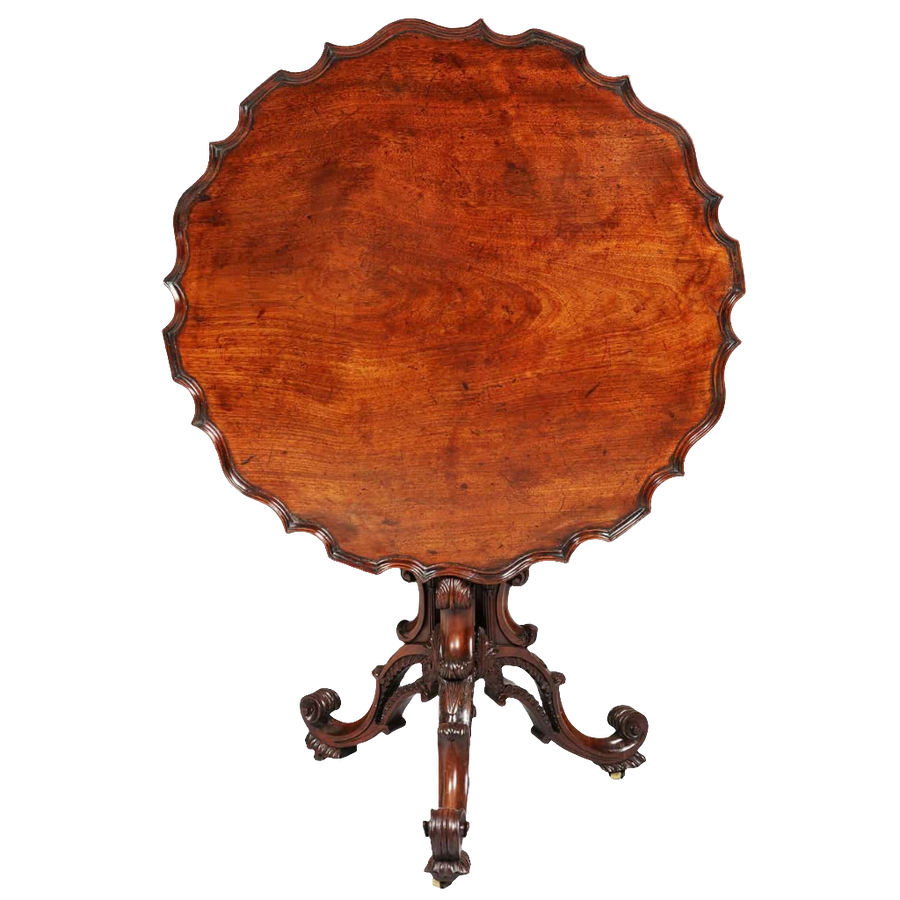
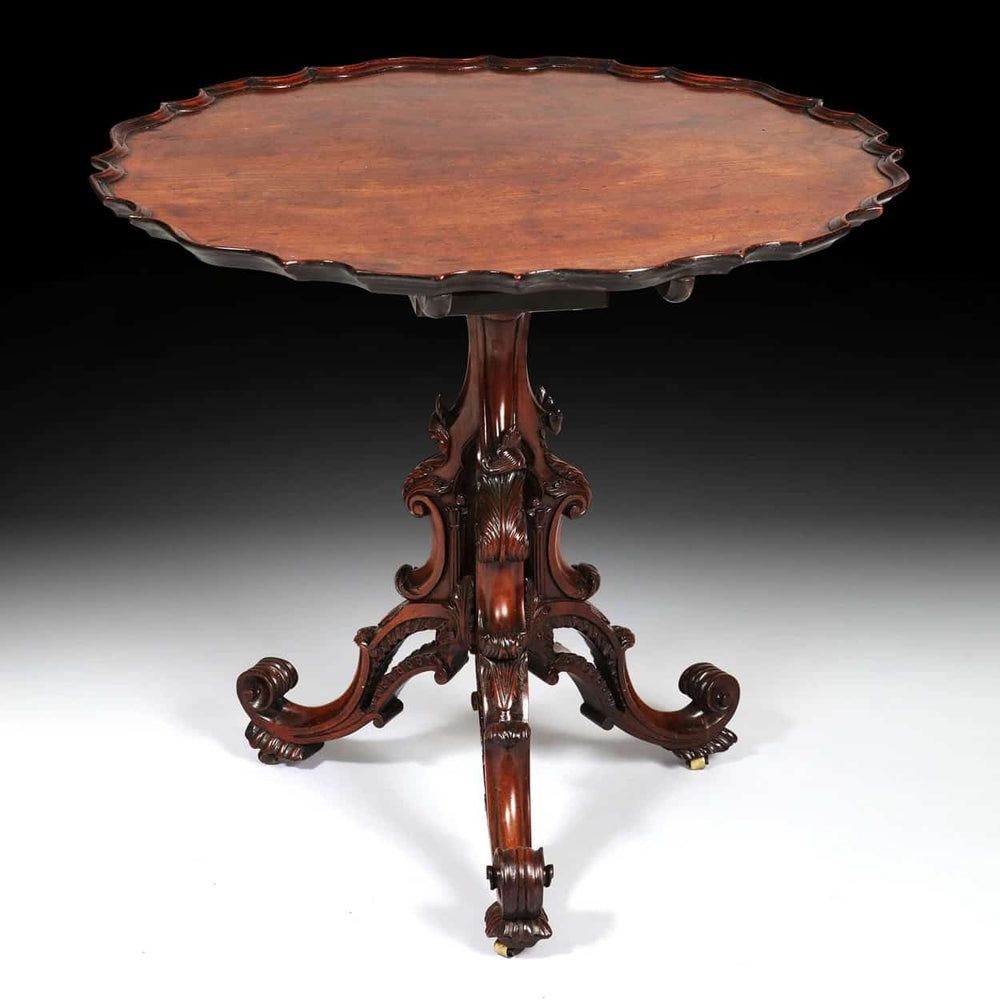
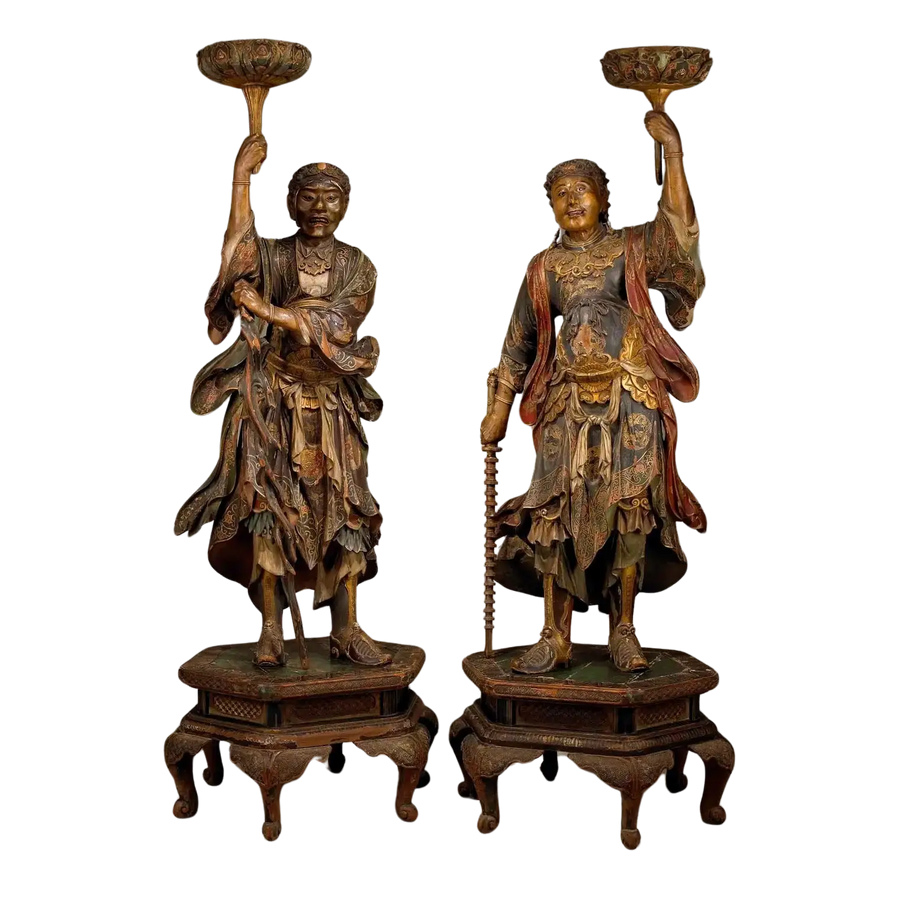
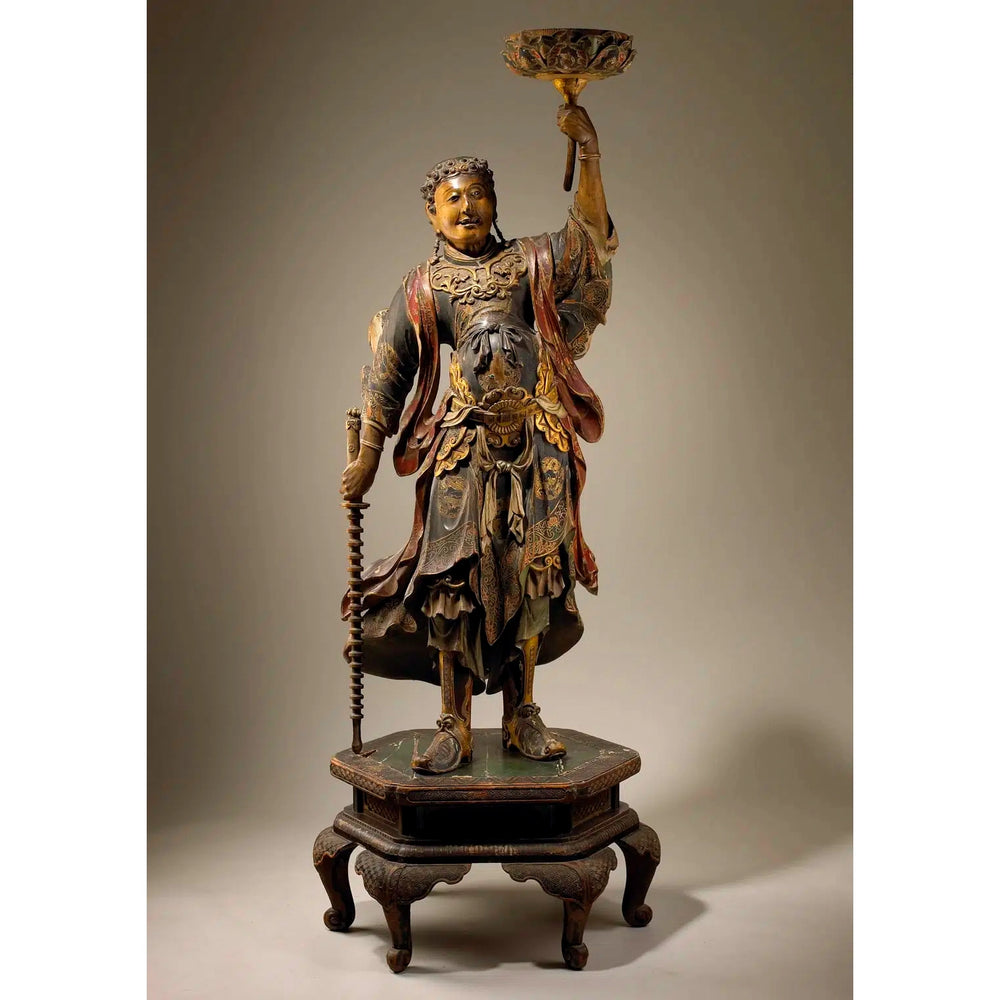

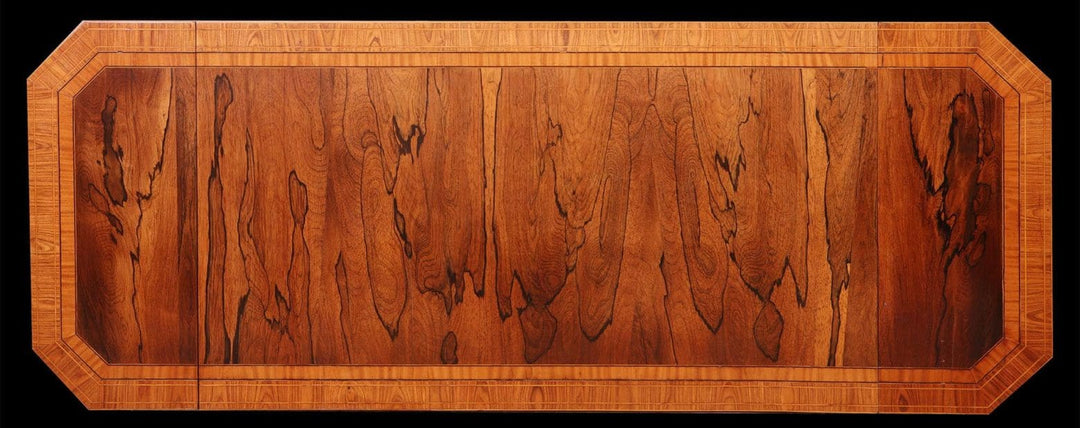
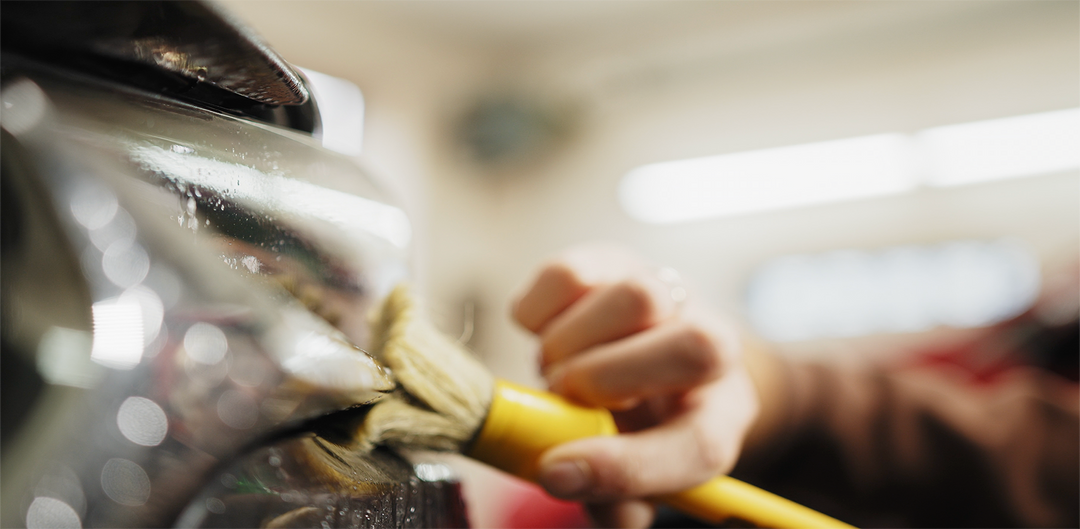

Leave a comment